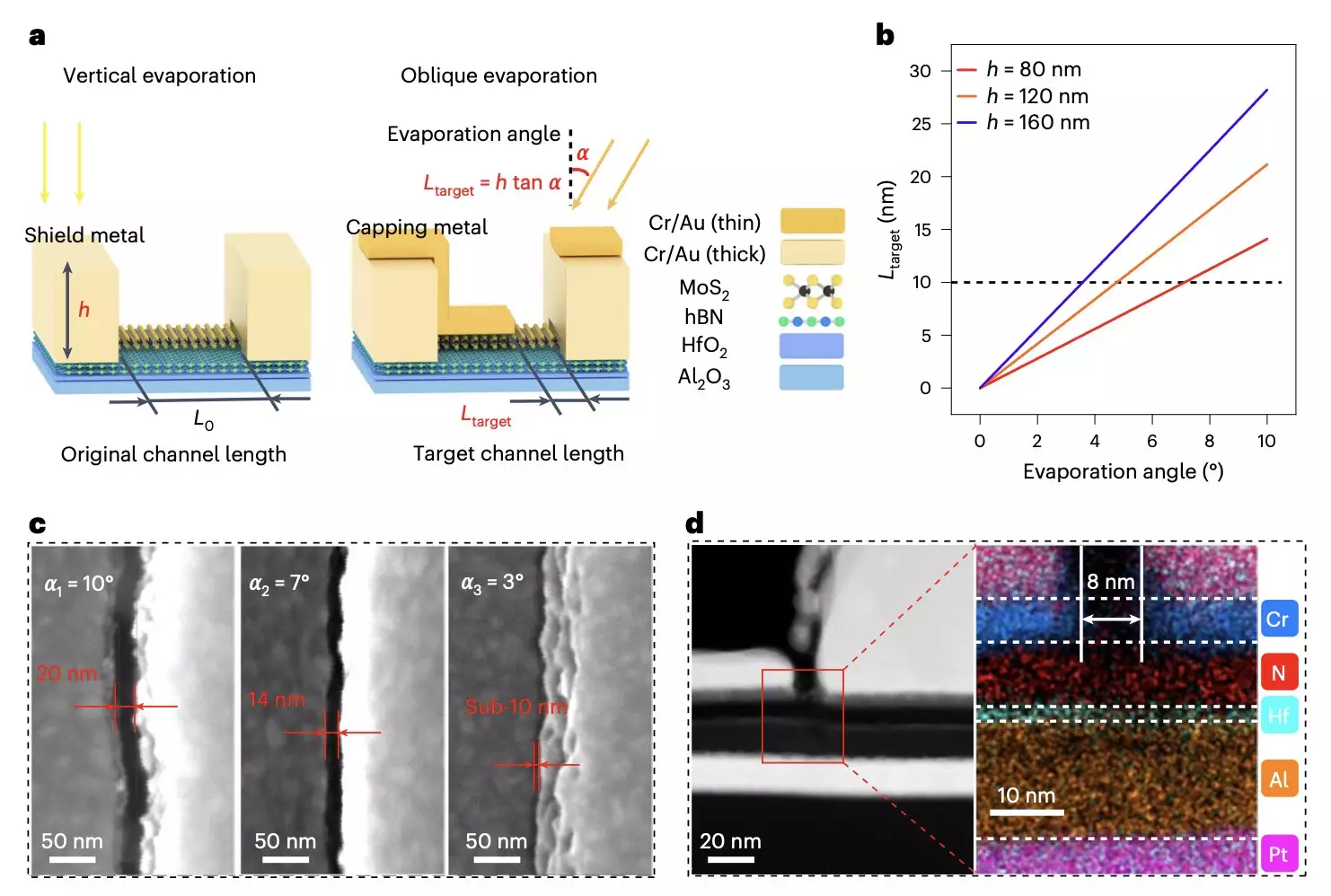In the age of artificial intelligence (AI) and big data, the reliance on sophisticated memory devices has significantly heightened. As AI applications require processing vast amounts of data in real time, the traditional memory solutions struggle to keep pace. Current memory technologies generally are designed to retain data even when power is lost; however, their limitations in speed and efficiency present critical barriers to the optimal functionality of AI systems. The emergence of high-bandwidth memory (HBM) technologies has shown promise in bridging this gap by enhancing the computational capabilities of processors. Yet, to truly harness the potential of AI, there is an urgent need for innovations that can deliver faster data transfer rates while minimizing power consumption.
Flash memory has become the backbone of modern data storage due to its non-volatile nature, which ensures data persistence without electric power. Nevertheless, existing flash memories exhibit significant constraints regarding speed, posing challenges to the performance of AI systems that require rapid data processing. To address these shortcomings, researchers have focused on developing ultrafast flash memories that can quickly transfer data while maintaining reliability. The exploration of two-dimensional (2D) materials, in particular, has generated excitement in the field, as these materials offer unique properties that could significantly enhance memory performance.
A recent breakthrough from Fudan University presents a compelling solution to the integration challenges of ultrafast 2D flash memory devices. In a pivotal study published in *Nature Electronics*, researchers introduced a scalable integration process that successfully combined 1,024 flash-memory devices with a remarkable yield exceeding 98%. The team’s findings emphasized the potential of 2D materials, particularly in overcoming interface issues that have historically limited the performance of flash memory technologies. The researchers concluded that the scalability of these devices could revolutionize the landscape of non-volatile memory solutions.
The researchers employed a series of advanced fabrication techniques, such as lithography and e-beam evaporation, to develop their ultrafast flash memory array. They explored various tunneling barrier configurations, such as HfO2/Pt/HfO2 and Al2O3/Pt/Al2O3, leveraging chemical vapor deposition-grown monolayer molybdenum disulfide to optimize performance. Their ability to scale the channel lengths down to sub-10 nm is a remarkable achievement, as it surpasses the physical limitations associated with traditional silicon-based flash memory technologies. These sub-10 nm devices not only demonstrate ultrafast processing speeds but also maintain non-volatile storage capacity of up to 4 bits with impressive endurance metrics.
The ongoing research into ultrafast 2D flash memory holds tremendous promise for the future of data storage. Initial tests have validated the high yields and scalability of these novel devices, suggesting that further exploration into the use of alternative 2D materials could yield even more advancements in the field. As artificial intelligence and machine learning continue to evolve, the demand for faster and more efficient memory solutions will only amplify. The integration processes developed by this research team may serve as a scaffold for future projects aimed at creating robust flash memory arrays capable of meeting the escalating needs of modern computational tasks.
The innovative approaches explored by researchers at Fudan University signal a turning point in the journey toward high-performance memory technologies. As they break through traditional barriers, the realization of ultrafast flash memories utilizing 2D materials could transform data storage landscapes, ultimately supporting the advancement of AI and its myriad applications. The road ahead is paved with potential, and as this field continues to develop, the implications for technology and society are profound.


Leave a Reply